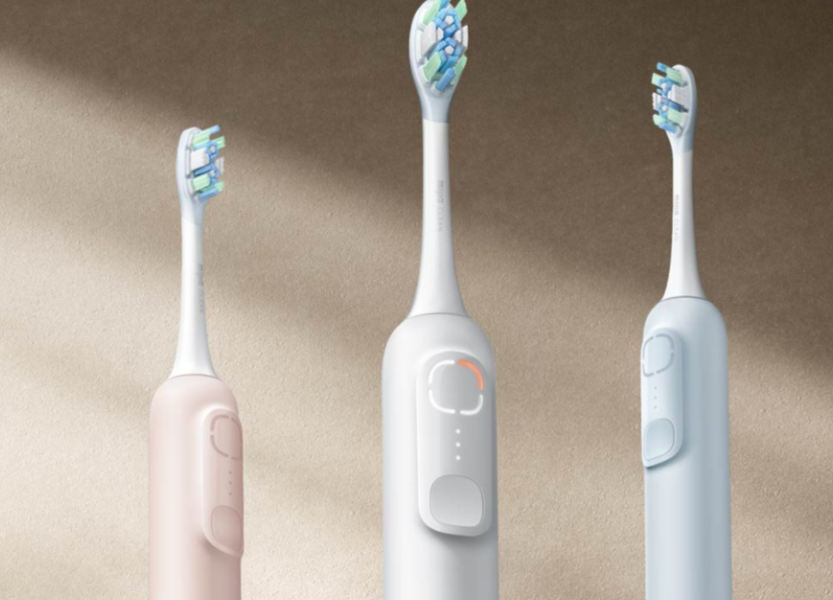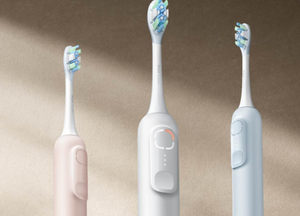
Testing methods for toothbrushes Inspection and factory audit services
Toothbrushes, as essential oral care tools for daily use, their quality directly affects the usage experience and oral health. To ensure that toothbrush products meet national mandatory standards and customer requirements, a full-process quality control system from raw materials to finished products must be established. This article, in combination with the toothbrush production process and hygiene requirements, will systematically introduce its classification, inspection items, inspection standards, and inspection factory review key points, providing professional guidelines for quality inspectors, purchasers, and production enterprises.
I. Classification of Toothbrushes and Key Production Process Points
(1) Classification by Target Audience
Children's Toothbrush (3-6 years old): Overall length 120-135mm, bristle length ≤ 18mm
Children's toothbrush (for ages 6-17): Overall length 135-160mm, bristle length ≤ 28mm
Adult toothbrush (for those over 18 years old): Overall length 160 - 180mm, bristle length ≤ 35mm
(2) Special Function Types
Special-shaped toothbrushes: Specific inspection standards need to be established separately.
Electric toothbrush: Electrical safety testing items need to be added
Environmentally friendly toothbrush: Made of biodegradable materials. Material certification is required.
II. Inspection Standards and Basis for Goods Verification
(1) Main Standards and Specifications
GB 19342-2013 Mandatory National Standard for Toothbrushes
GB 30002-2013 Safety Requirements for Children's Toothbrushes
ISO 20126 Test Method for Fatigue Strength of Toothbrush Bristles
Special requirements of the enterprise technical agreement and purchase order
(2) Key Points of Factory Audit
Quality Management System
Does it possess the ISO 13485 certification for the medical device quality management system?
Does incoming material inspection (IQC) include records of tests for key raw materials such as wire brushing and plastic particles?
Production environment control
Temperature and humidity control in the injection molding workshop, and cleanliness management during the fiber insertion process
Record of regular calibration and maintenance of equipment for the brushing process
Social Responsibility Compliance
Does the production process comply with the ISO 45001 occupational health and safety management system?
III. Inspection Items and Methods for Finished Products
1. Appearance Quality Inspection
Top of bristle grinding roundness rate: Inspected using a 40x stereomicroscope, qualified rate ≥ 70%
Handle surface: No burrs, shrinkage, stains. The anti-slip coating is firmly attached.
Printed logo: The brand logo is clear, without any fading or misalignment.
2. Dimension Specification Measurement
Measuring tools: 0 - 150mm electronic digital caliper (with an accuracy of 0.01mm)
Sampling plan: 20 samples are randomly selected from each batch, and the average value is used as the basis for judgment.
Key indicators: total length, overall width and length of the surface, brush hair height, single filament diameter (0.18 - 0.20mm)
3. Physical Performance Testing
Brush Hair Firmness: Apply a 10N pulling force to test the shedding of the hair bundle.
Neck bending strength: An adult toothbrush must be able to withstand a 25N pressure without breaking.
Brushing strength: The brush head of the electric toothbrush must pass a fatigue test of 100,000 cycles.
4. Chemical Safety Testing
Brush wire material: Must pass FDA/LFGB food contact material testing
Plasticizer content: The content of phthalates complies with REACH Appendix XVII
Heavy metal migration: The contents of lead, cadmium, mercury, etc. comply with the EN 71-3 standard.
IV. Sampling Plan and Decision Rules
Sampling Standard: According to GB/T 2828.1, the general inspection level II is adopted, and the AQL value is set as:
Critical Defect (Severe): 0
Major Defect: 1.5
Minor Defect: 4.0
Defect Classification Example:
Serious defect: The bristles have sharp tips and the handle is broken.
Main defects: Dimension deviation, insufficient roundness rate
Minor defects: Slight color difference, non-standard packaging labels
Quality inspection result: If any serious defect is found, the entire batch is deemed不合格; if the main defect exceeds the AQL standard, the batch will be rejected.
V. Packaging and Labeling Requirements
Sales Packaging
Each toothbrush is packed individually, and the packaging materials must meet environmental protection requirements.
The color box should indicate the target audience, the hardness of the hair strands, and the standard number it complies with.
Transport packaging
The outer box should have labels indicating resistance to pressure and moisture, and the stacking limit should be clearly specified.
Exported products must be labeled "Made in China".
Documents and Traceability
For each batch of products, a certificate of conformity and a material inspection report (SGS/CTI) must be provided.
The production batch number can be traced back to the raw material inventory records.
VI. Common Quality Issues and Improvement Suggestions
Typical Defects: The tips of the bristles are not rounded, the height of the bristle bundles is uneven, and the handle of the brush has shrunk.
Process control point: It is recommended to set up an SPC control point in the brushing process and conduct regular checks on the accuracy of the microscope.
Factory inspection improvement direction: Introduce automated visual inspection equipment and establish a CTQ control plan for key processes.
Summary
Although toothbrushes are small commodities, their quality directly affects the user's health experience. By strictly conducting inspections on appearance, size, physical properties, and chemical safety, combined with a sound factory inspection system and supply chain management, the product qualification rate can be significantly improved. It is recommended that purchasers conduct pre-production sample confirmation, carry out mid-production inspections, and conduct third-party testing on high-risk raw materials (such as bristle fibers and plastic particles) to ensure that the products comply with the safety standards for oral care products.
Rewriting instructions:
System enhancement of factory inspection, goods inspection and testing-related key words and process details: Significantly increase industry terms such as "factory inspection", "quality control points", "AQL sampling", and "third-party testing", and organize and systematize the testing process, highlighting the requirements for supply chain quality control.
Reorganize the content structure, strengthen the professional quality inspection logic and operability: Reorganize the original content into modules such as classification, standards, inspection items, sampling rules, packaging and documents, to enhance the clarity and practical guidance, making it convenient for enterprises and quality inspectors to refer to and implement.
Enhance the standardization and authoritative expression, refine the standards and method descriptions: Add the national standard number, technical parameters, and detailed information on the testing methods, to enhance the authority and practical guidance value of the text.
Share this product

Testing methods for toothbrushes Inspection and factory audit services
Toothbrushes, as essential oral care tools for daily use, their quality directly affects the usage experience and oral health.
